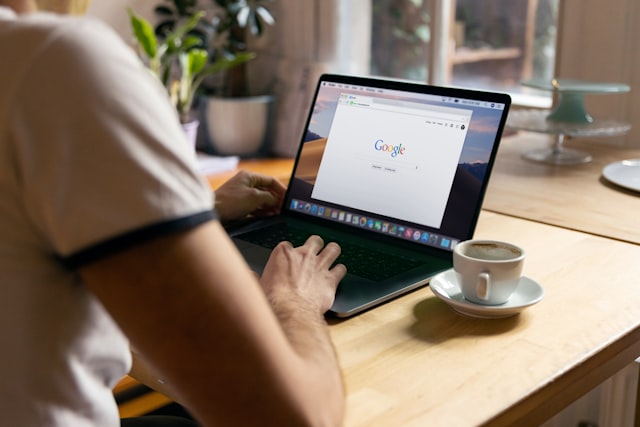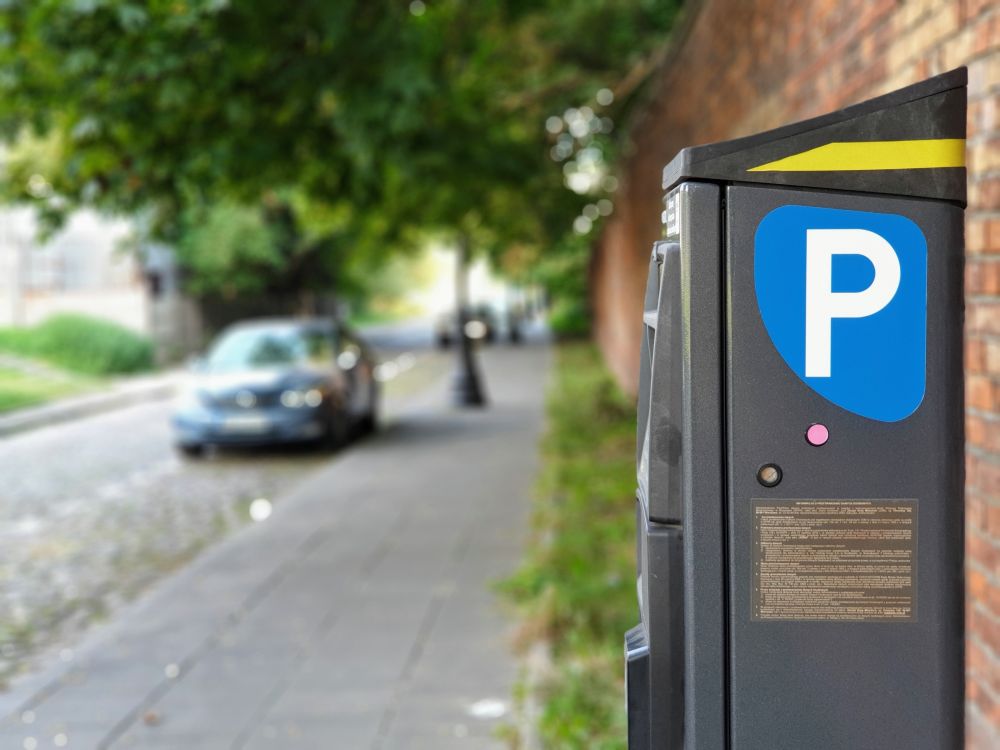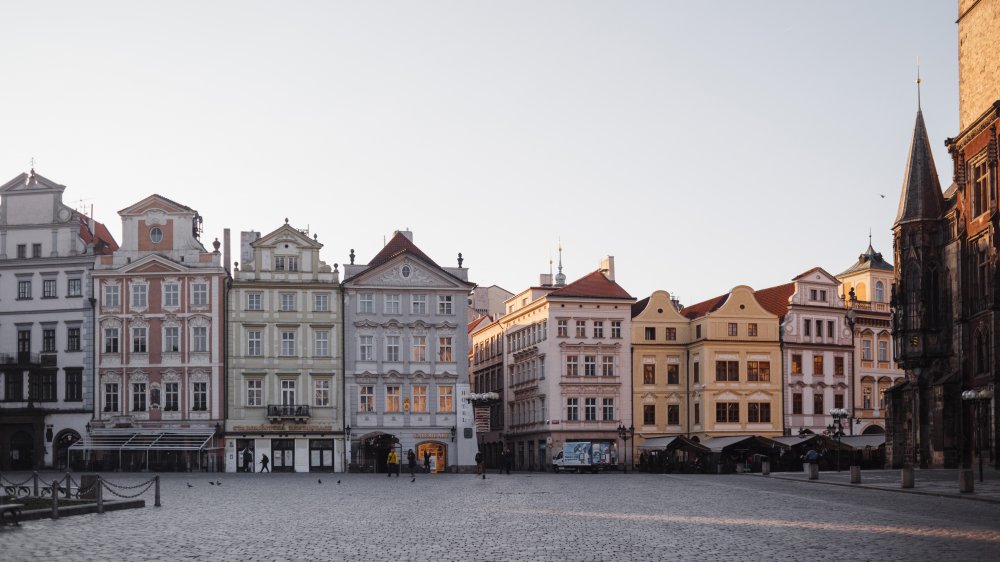4 fundamental aspects of image SEO optimization


Images always complement the written content. Although it is most common for the title or description of a search result to attract a user’s attention, images also do this, and in many cases, they are a great source of web traffic if you know how to take advantage of search engine optimization strategies.
SEO is the basis for a website to rank in Google and it also includes optimising images to achieve this. Let’s take a look at the fundamental aspects to improve the SEO of our website with images.
1. Descriptive name
The name you assign to an image must be related to the text content. You must use a relevant keyword that you want to use to position that page. Avoid the default names that are assigned to images in cameras or mobile phones.
2. Format and weight
The formats that Google basically accepts are .jpg, .png and .gif. Avoid using any other format, such as .bmp or .psd. You should also make sure that the images do not take up too much space. The weight of an image has a big influence on the positioning. If it is too heavy, it will make your website load slower and that will hurt your on-page SEO.
3. Alt text
The alt text is a very important factor because it is one of the first things that the Google spiders that crawl the web’s value. It is essential not to leave it blank and put a text that is relevant and describes the image.
4. Title
The title of the image serves to help the user to consume the information and for Google to assign greater relevance to your content. Use it to improve SEO on images.

These tips are not difficult to put into practice, especially if you have an excellent SEO provider and a good positioning strategy. With these simple guidelines, you will be able to give your website a good boost in the SERP.



